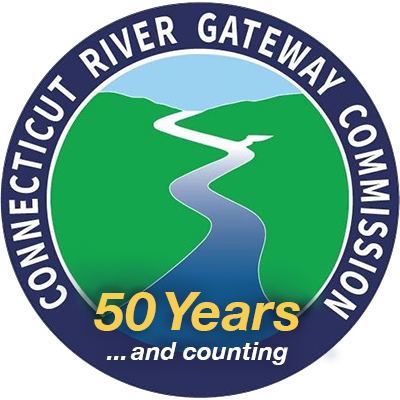Tributaries & Coves
Hamburg Cove & Eightmile River, Tom Walsh, Shoreline Aerial Photography
As the Connecticut River runs south from near Canada, water from over 11,000 square miles of land drains into its watershed from many streams and smaller rivers. Various coves, or small sheltered bays, are also commonly found in the river’s valley.
Over 30 tributaries and coves are located within the Zone, either completely or in part, as the river nears Long Island Sound. The Connecticut River Gateway Commission is responsible for preserving their traditional and scenic appearance.
Each of the eight towns within the Zone has tributaries that flow into or coves that are near the Connecticut River.
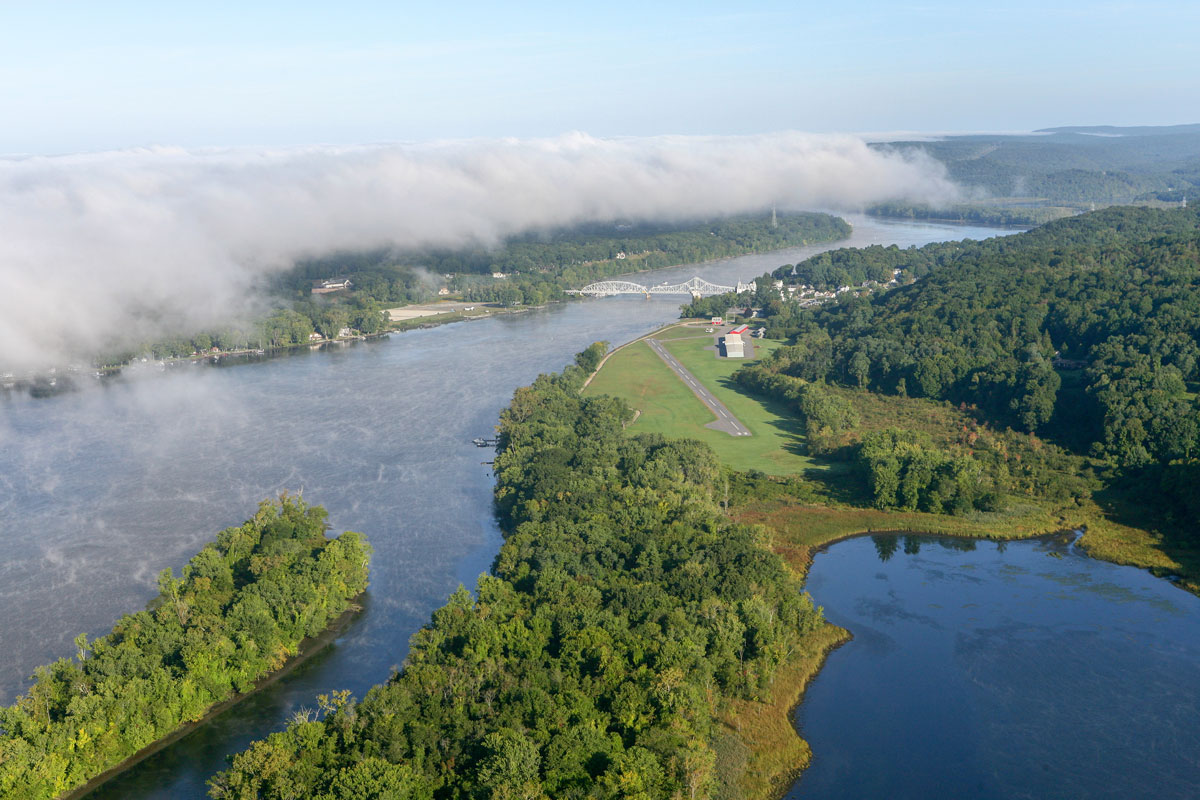
Tom Walsh, Shoreline Aerial Photography
A few examples include:
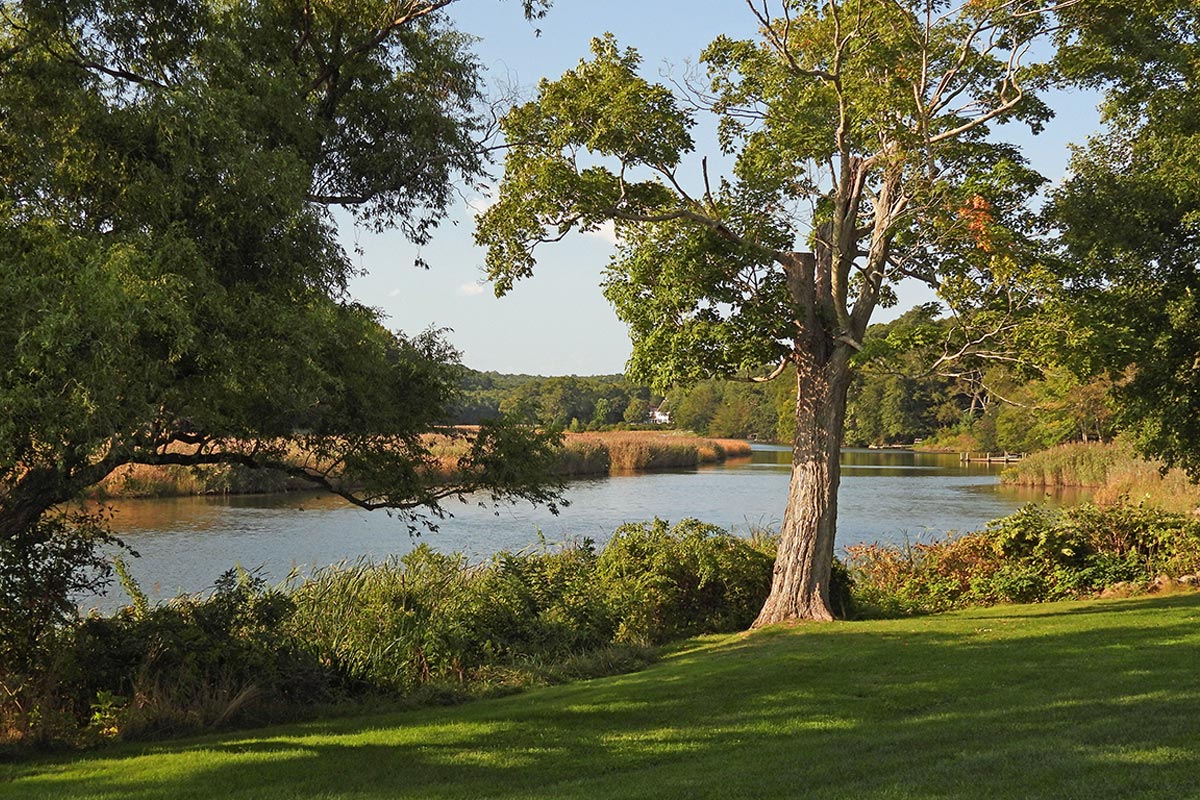
Greg Futoma
The Lieutenant River runs through Old Lyme for nearly 4 miles before reaching the Connecticut River. Its scenic journey inspired American Impressionist painters who formed the Old Lyme Art Colony in the early 1900’s, in its time the most famous art colony in the country.
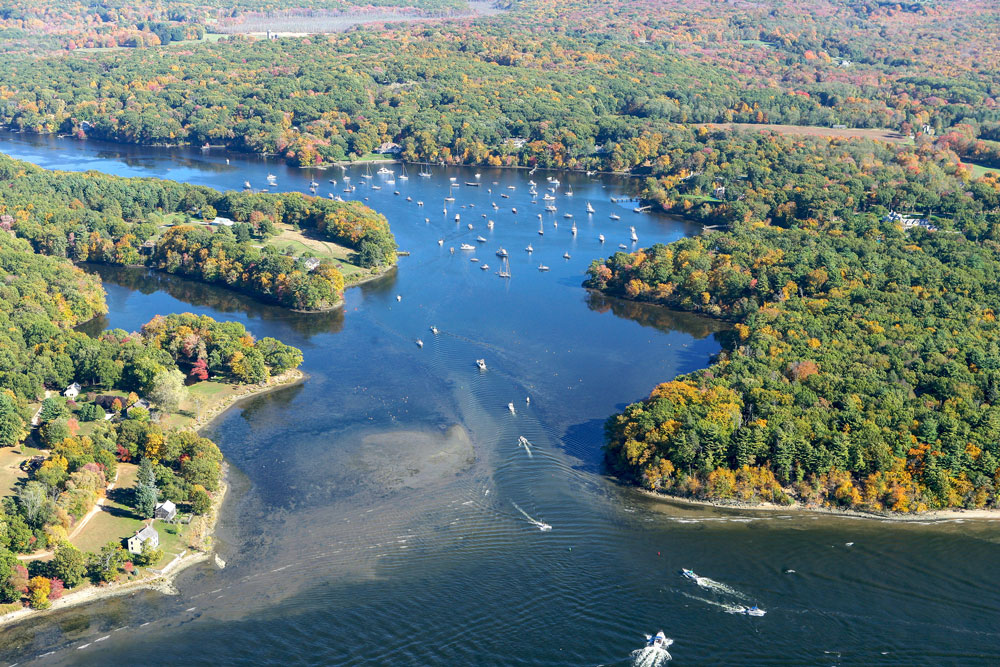
Tom Walsh, Shoreline Aerial Photography
The Eightmile River, federally classified as “wild and scenic,” flows through beautiful natural habitat to reach Hamburg Cove, itself a very popular spot for visiting boaters in summer months.
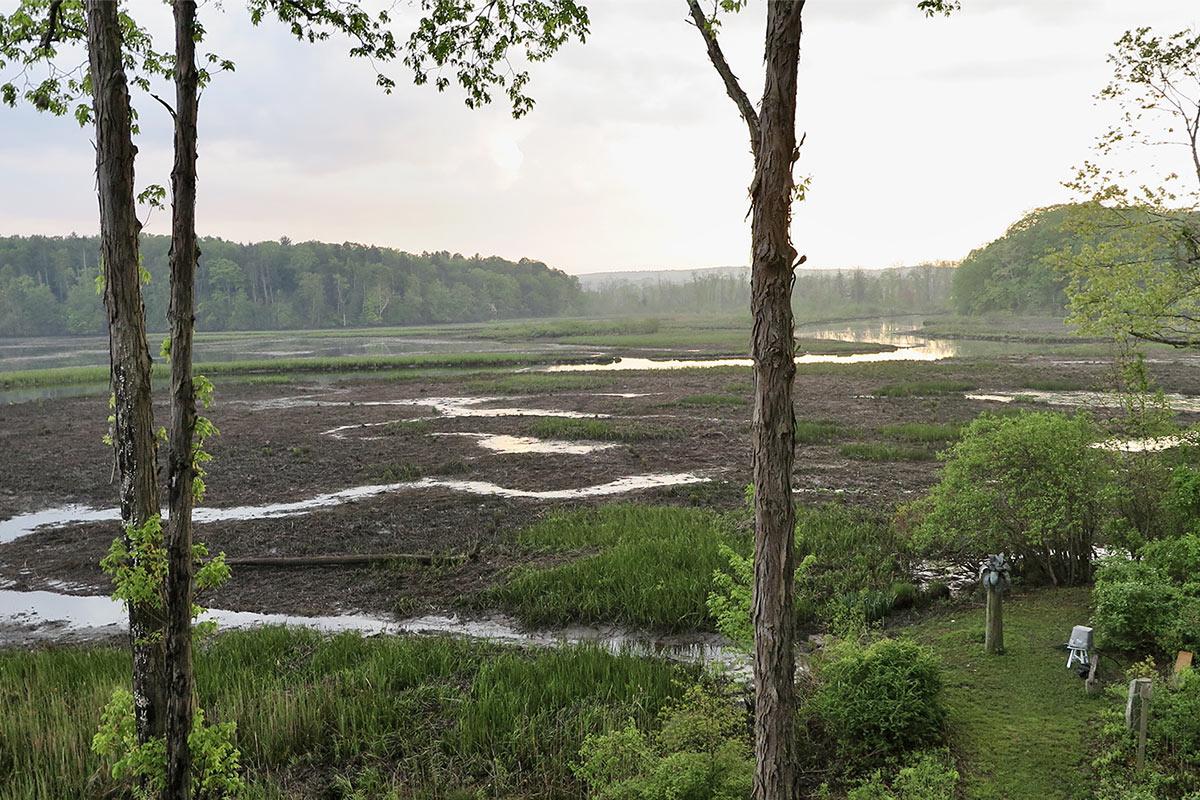
Judy Preston
Whalebone Cove in Lyme contains 160 acres that are part of the Silvio O. Conte National Fish and Wildlife Refuge. It is described as one of the most biologically important and undisturbed tidal marshes on the Connecticut River. It also has the largest stand of wild rice in Connecticut.
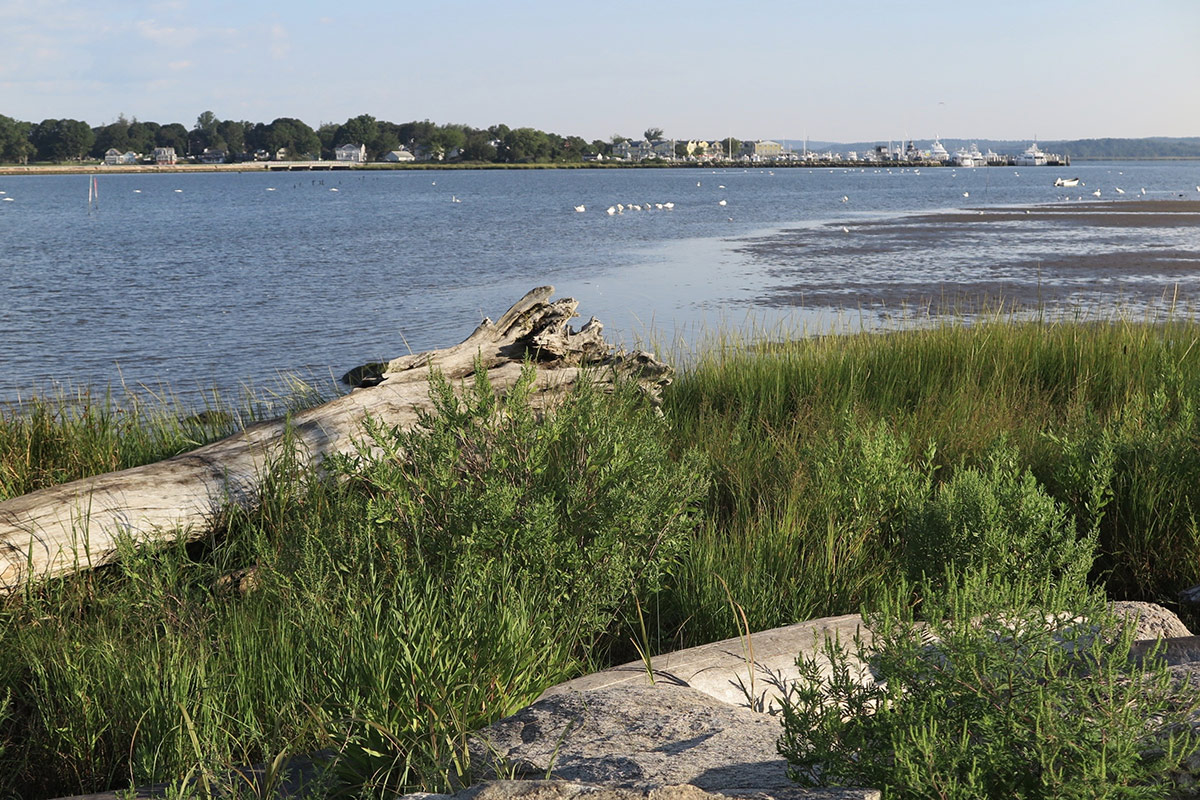
Judy Preston
South Cove, Old Saybrook, offers exceptional views of the Connecticut River, especially from a causeway popular for walking or fishing that runs from Saybrook Point to Fenwick.
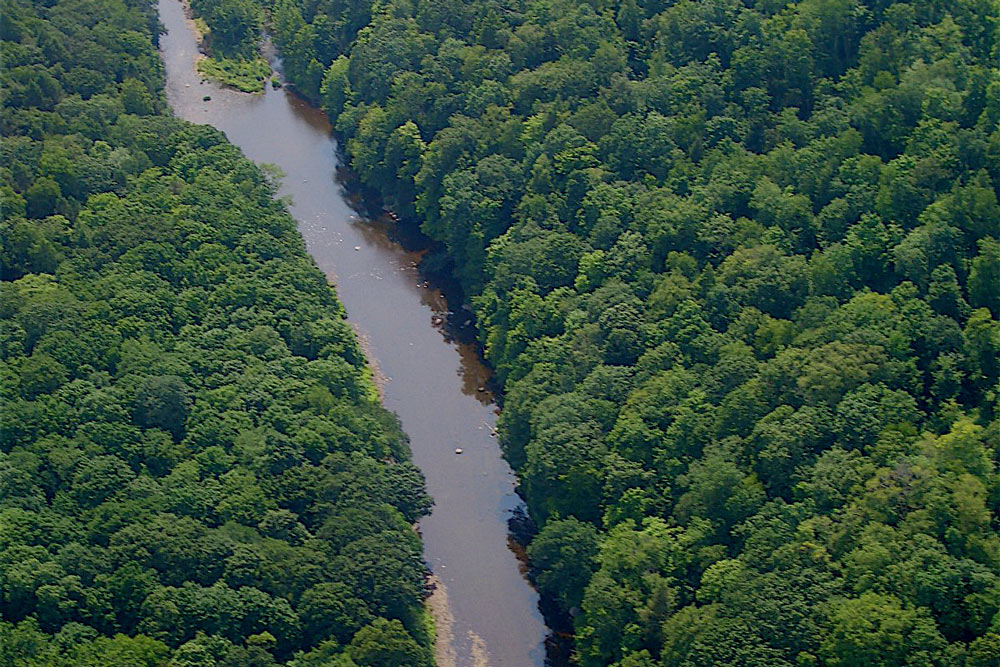
Judy Preston
The Salmon River, running for over 10 miles and draining 96,000 acres, may be the largest river with its start and watershed entirely within Connecticut.
The Salmon River Division is also part of the Conte Refuge. The federal government cites its unusual terrestrial habitat types including internationally recognized freshwater tidal marshes and flats, riparian meadows, cold-water streams, floodplain forests, mixed hardwood forest, hemlock stands, and vernal pools.
Other Tributaries & Coves within the Zone
Old Lyme
Back River
Black Hall River
Duck River
Griswold Cove
Lieutenant River
Old Saybrook
Mud River
North Cove
Ragged Rock Creek
South Cove
Lyme
Deep Creek
Hadlyme Cove
Lord Creek and Cove
Mack Creek
Seldon Creek and Cove
Upper Pond/Lower Pond
Whalebone Cove
Essex
Falls River Cove
Middle Cove
North Cove
South Cove
Turtle Creek
Deep River
Deep River and Deep River Cove
Pratt Creek and Cove
Post Cove
Chester
Waterhouse Brook
Chester Creek
Haddam
Higganum Cove
Mill Creek
East Haddam
Chapman Pond
CT Yankee Inlet
Hurd Brook
Salmon River

South Cove in Essex, Judy Preston
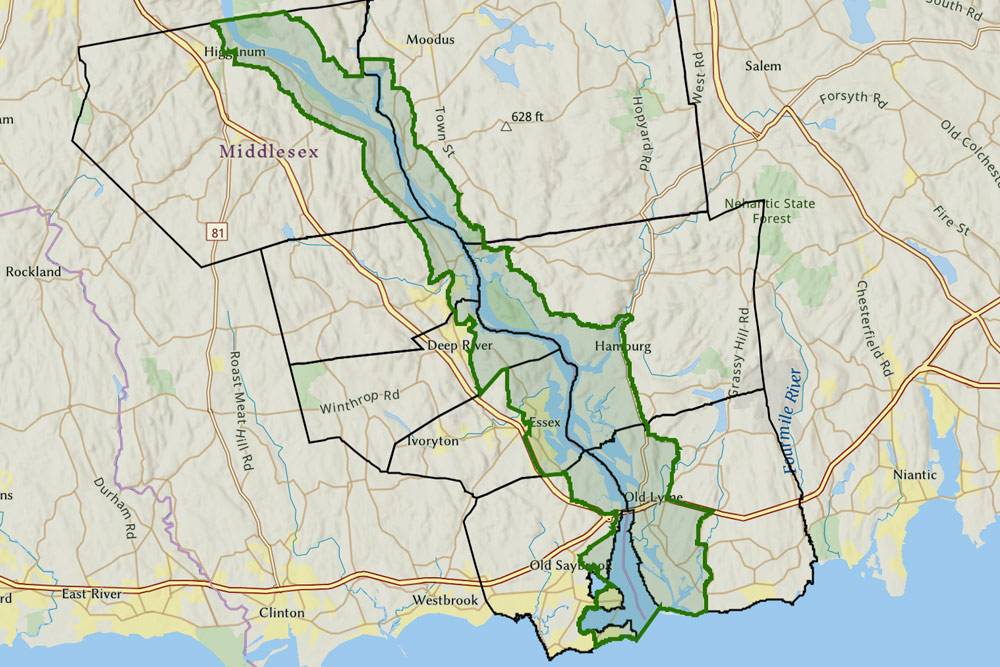
Yes, We Have No Land
Although the CT River Gateway Commission has helped preserve over a thousand acres of land in the Zone, it does not own any land or hold any land protection agreements (often referred to as conservation easement). Since its creation in 1973, all the land the Gateway Commission has helped acquire and any land protection agreements it negotiated have been donated to the State of Connecticut, towns or land trusts for their care.
